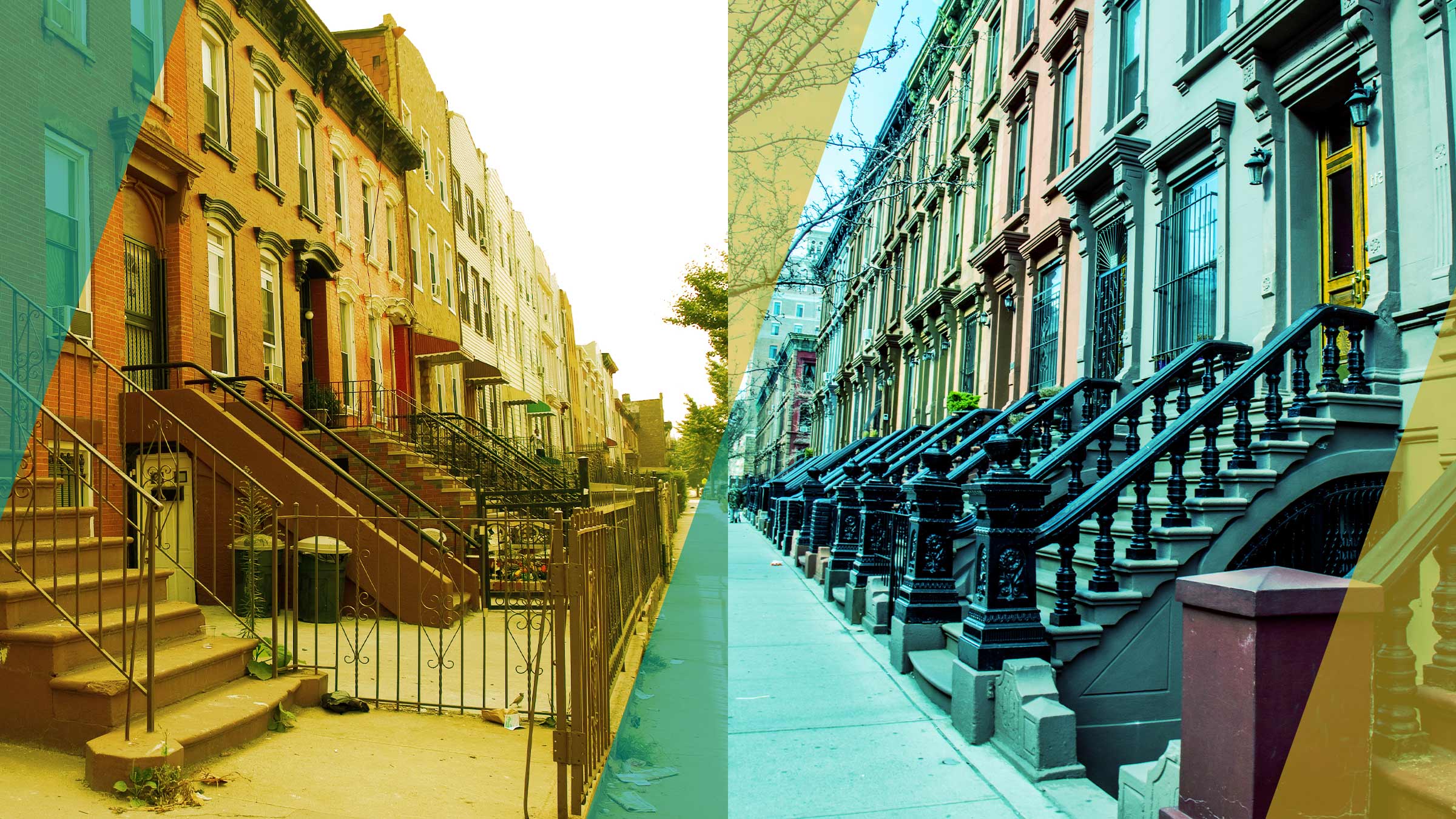With the help of a new online tool from the Urban Institute, web users can visualize how urban poverty rates by race have changed over the last three decades. The tool, called Poverty and Race in America, Then and Now, is built on an interactive map that uses color-coded dots to represent urban poverty rates among four major racial categories (White; Black/African American; Asian, Native Hawaiian, other Pacific Islander; and Hispanic or Latino) in the years 1980, 1990, 2000, and 2010. The map focuses on the nation’s 381 metropolitan statistical areas, or MSAs, which are urbanized areas with populations of 50,000 or more. Users can zoom in to the city level and then click and drag the map’s built-in slider to “wipe” the screen and compare the 1980–2000 dot densities and distribution patterns to those of 2010. The map is based on an Urban Institute analysis of 1980, 1990, and 2000 decennial census data and 2007–2011 data from the American Community Survey (generalized as “2010” data for the purposes of the map). To access the tool, visit http://blog.metrotrends.org/2013/06/poverty-race-place-map-metro.
Interactive web tool maps urban poverty by race




